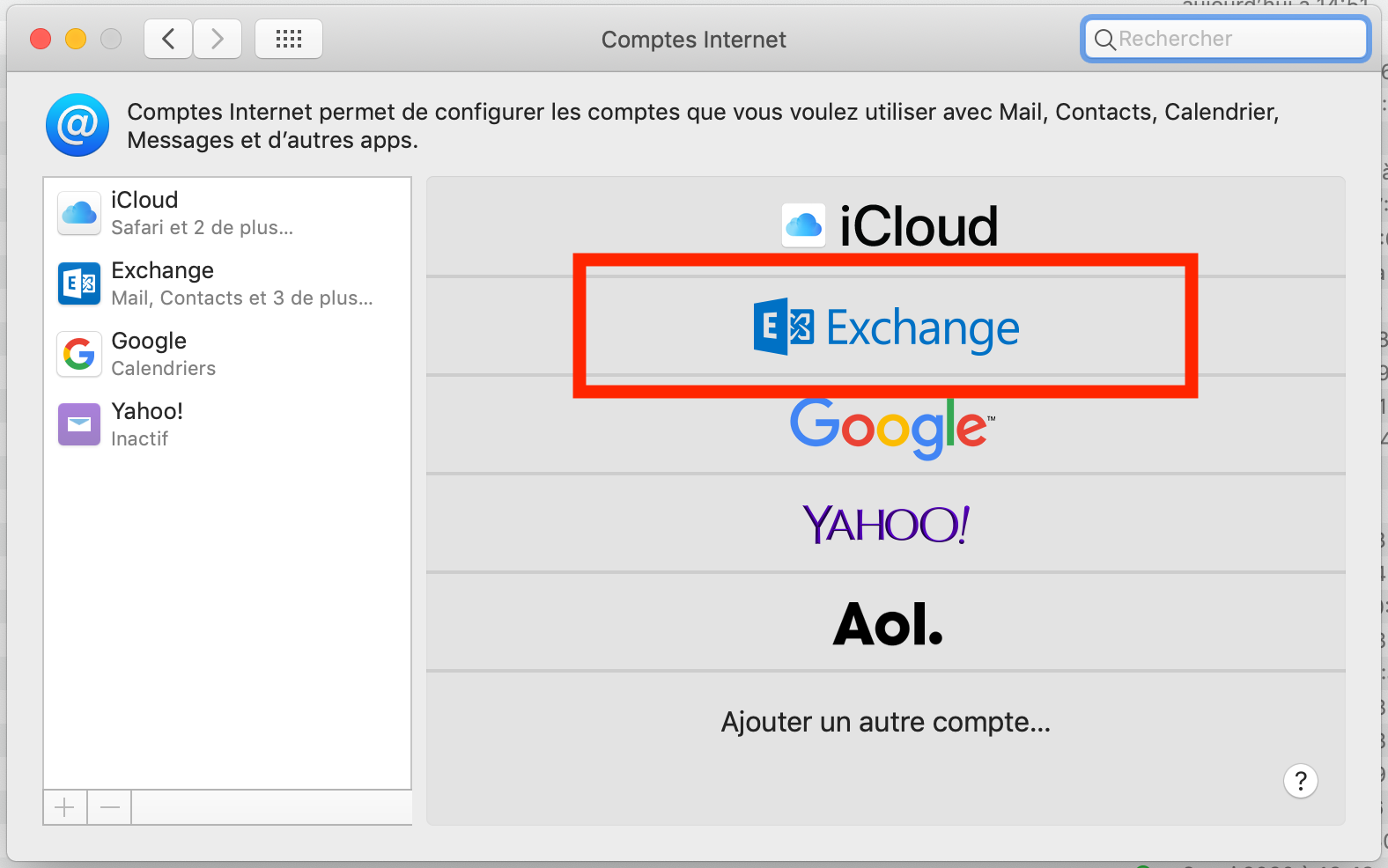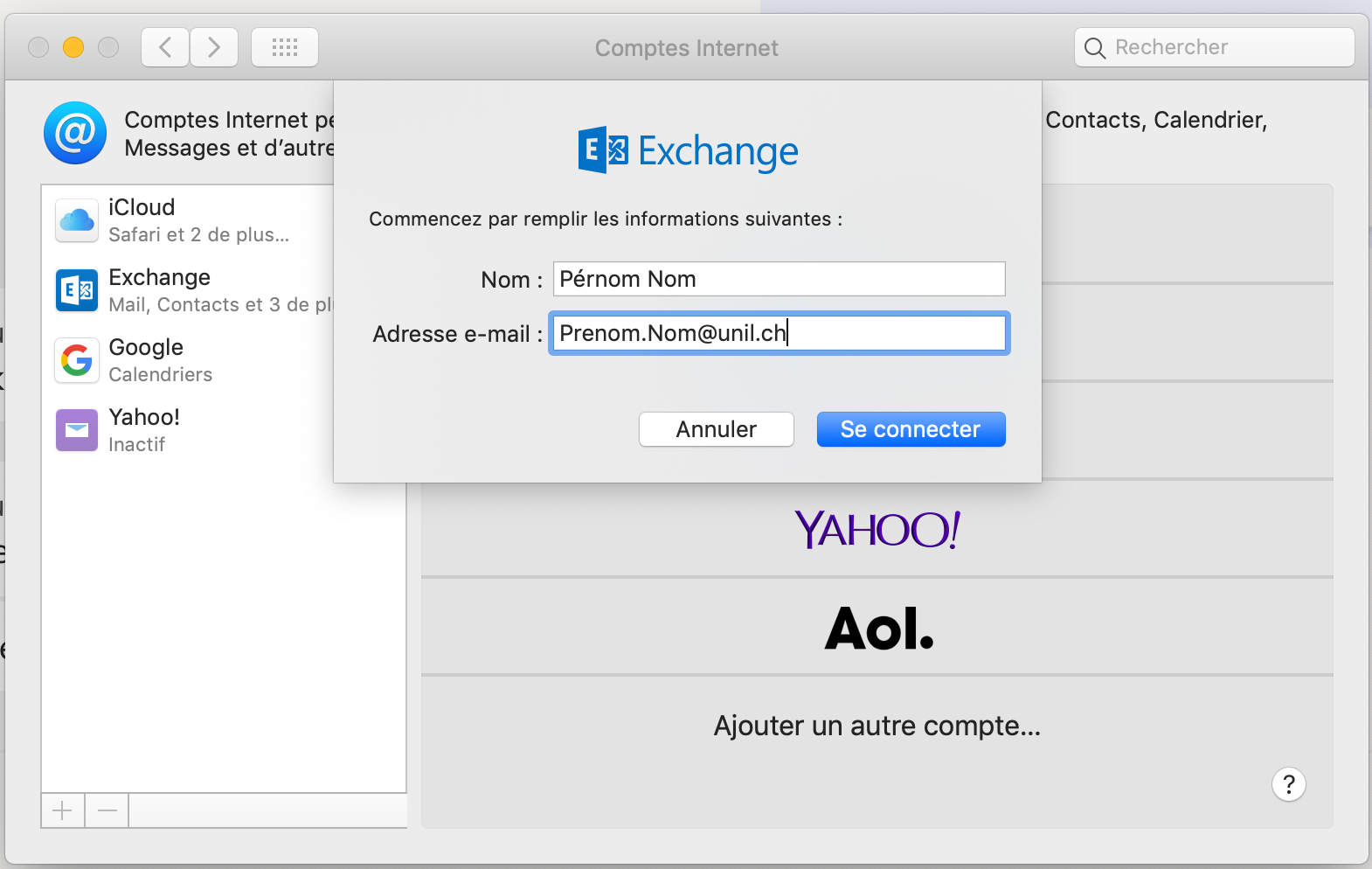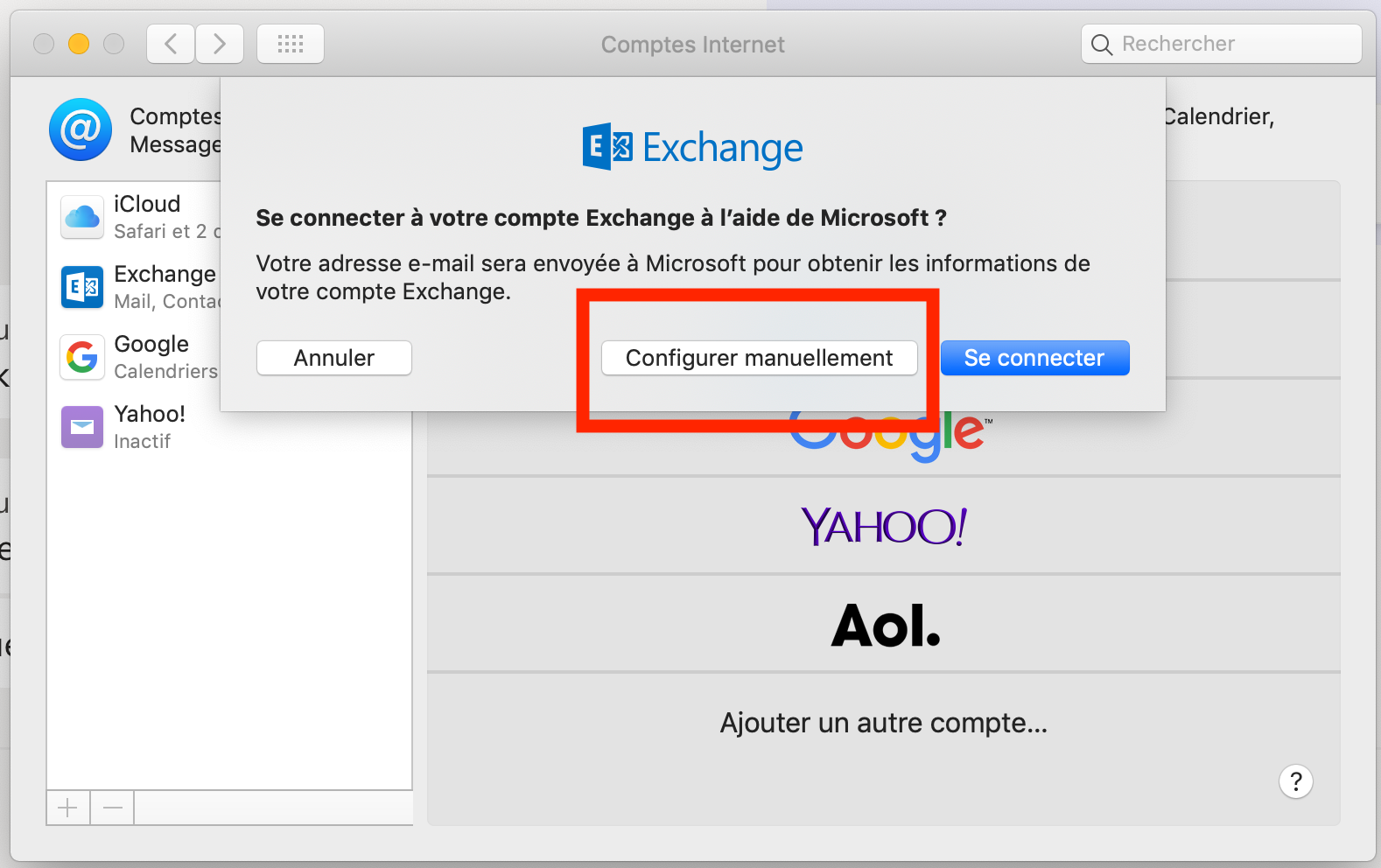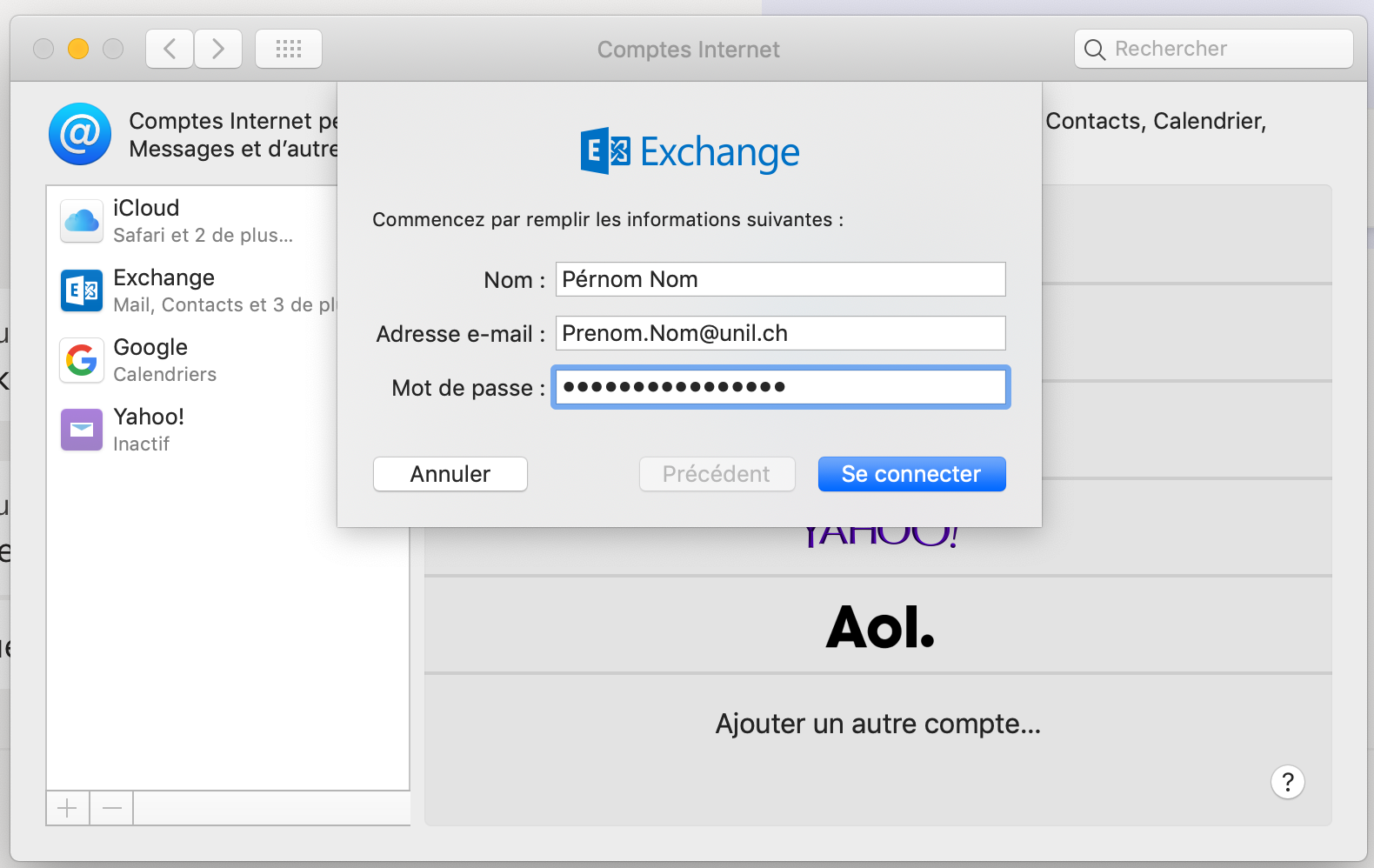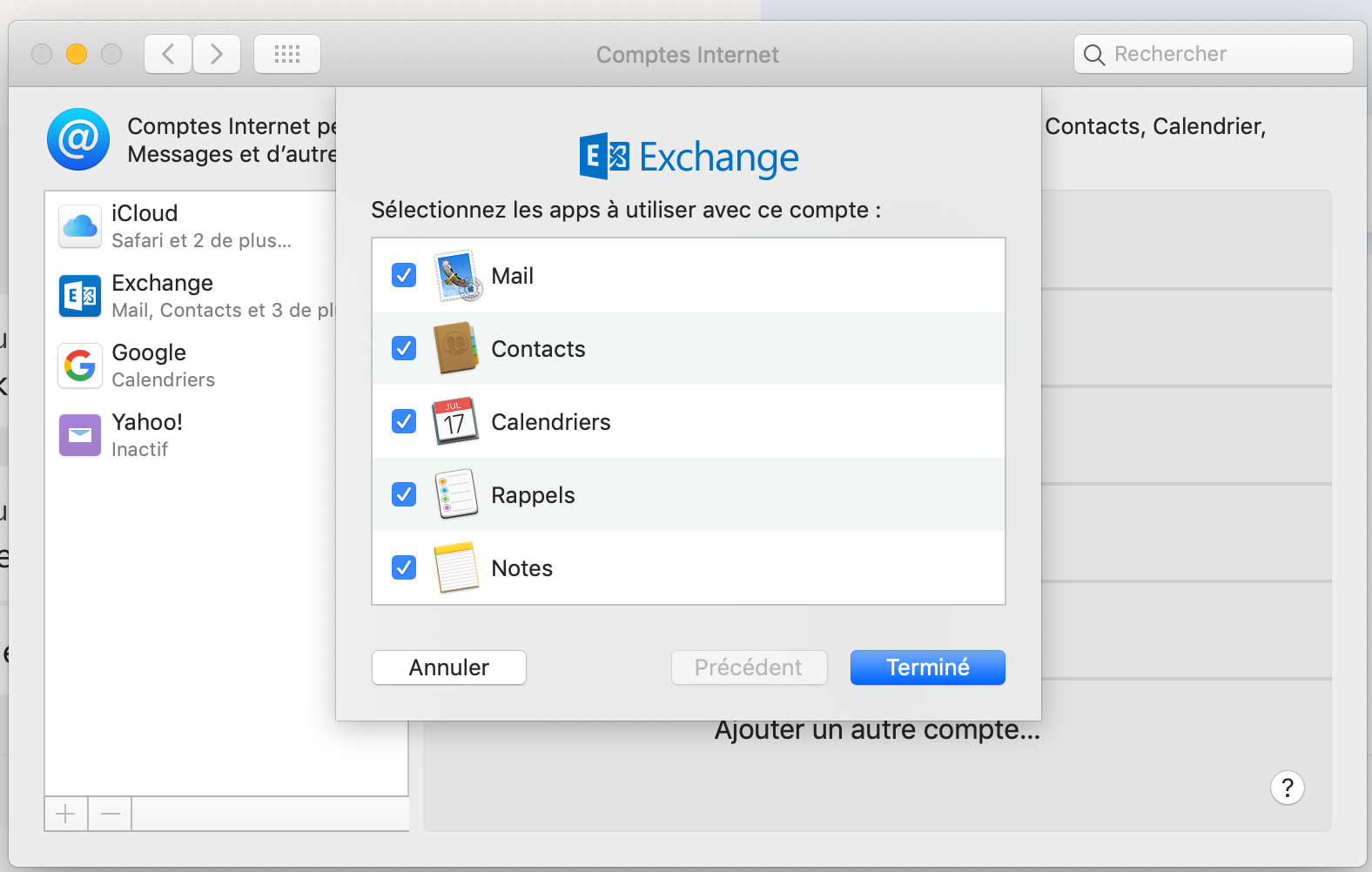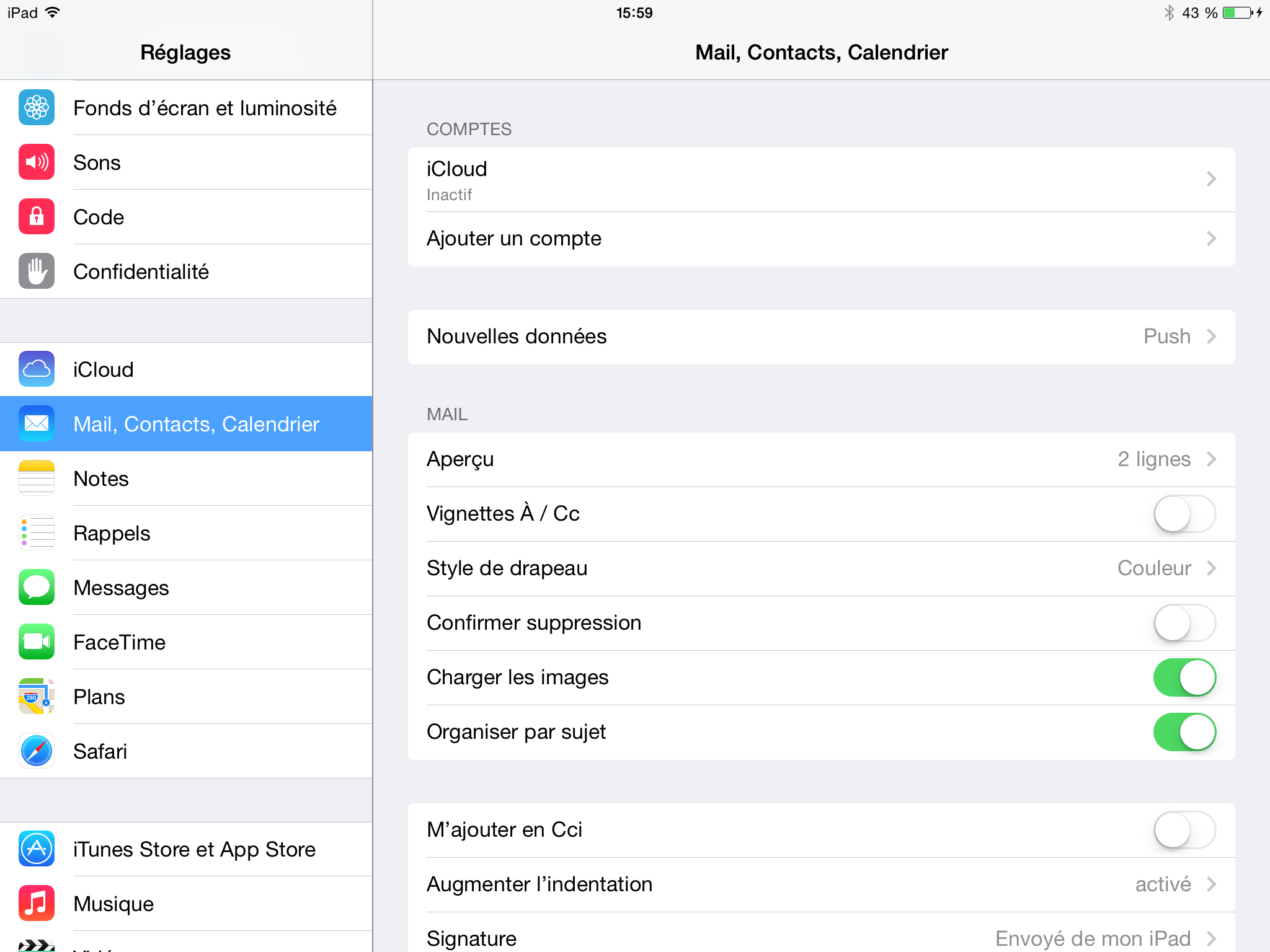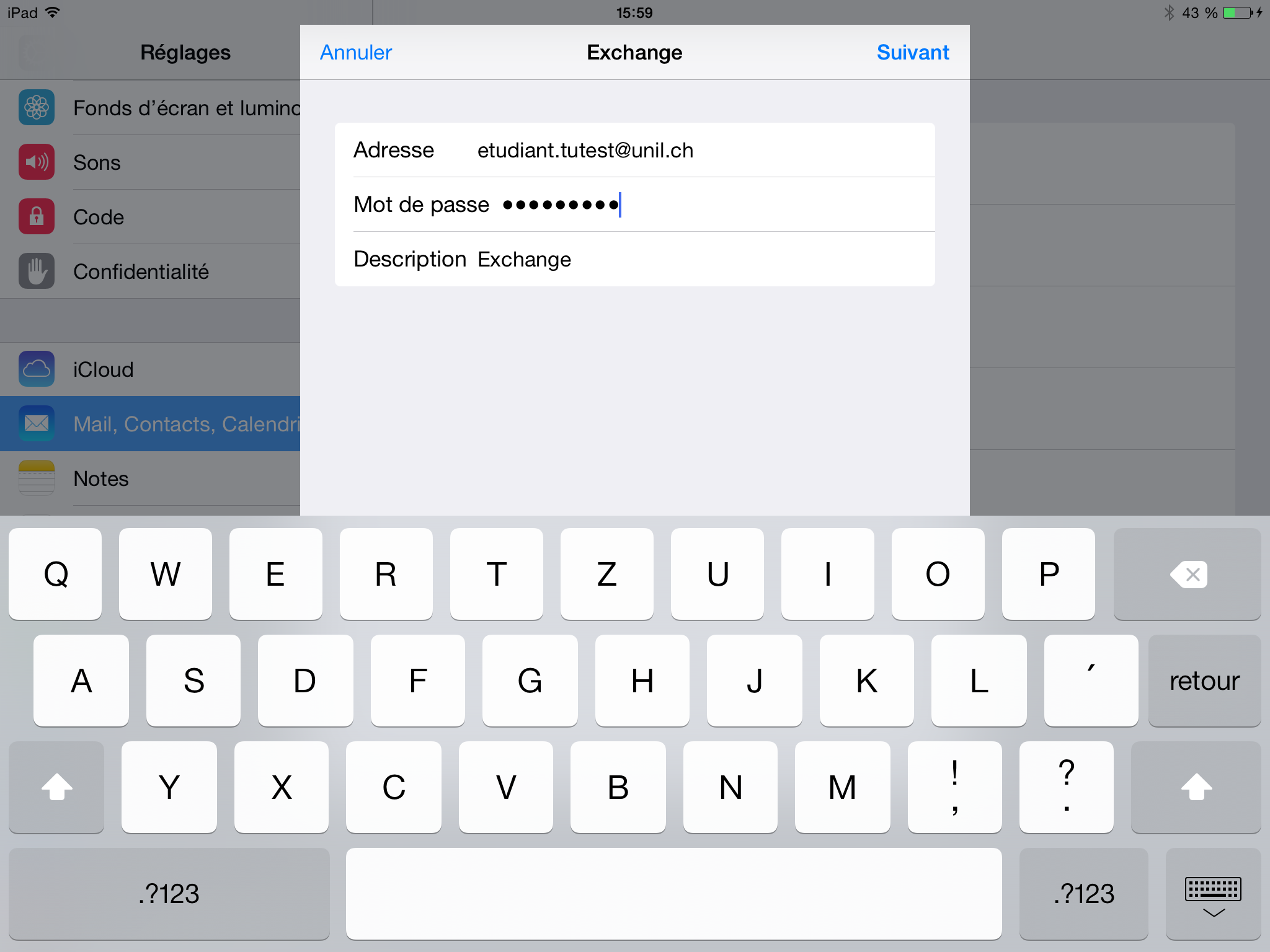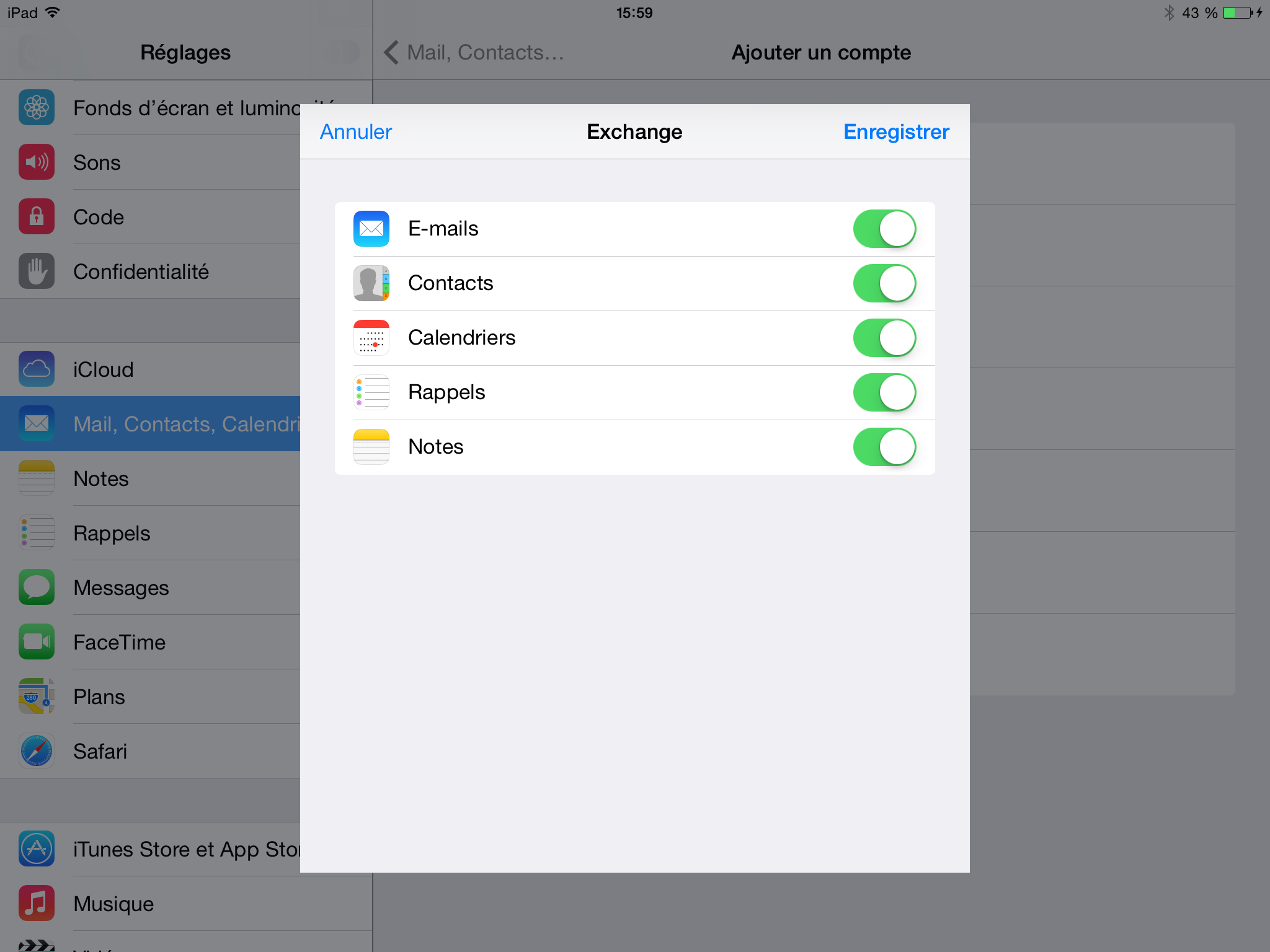This page has not been updated in a very long time and the procedures indicated here are very likely if not certainly not going to work if you try them. Please refer to the French version of this page until we have the time to update this English version.
Exchange webmail
OWA
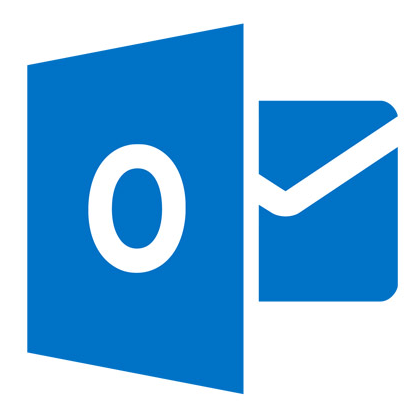
- owa.unil.ch (access all modules from a web browser):
- calendars
- address book
- tasks
- notes
Exchange on your computer, smartphone or tablet
macOS

- Configuration on macOS
- calendars
- address book
- reminders
- notes
- How to archive e-mails on Mac
Configuration on macOS
The Ci strongly recommends the use of the native macOS apps.
1. In the "Mail" menu, select "Accounts..."
2. Click the “Exchange” icon
3. Fill in the fields with the required information (name, e-mail address) and click “Connect"
4. Click "Configure manually"
5. Enter your password and click "Connect"
5. Select the Exchange services you wish to activate and click “Done” to finish the configuration
How to archive e-mails on your Mac
- Open the “Mail” application.
- Click the “+” button on the bottom left part of the window and select “New Mailbox.”
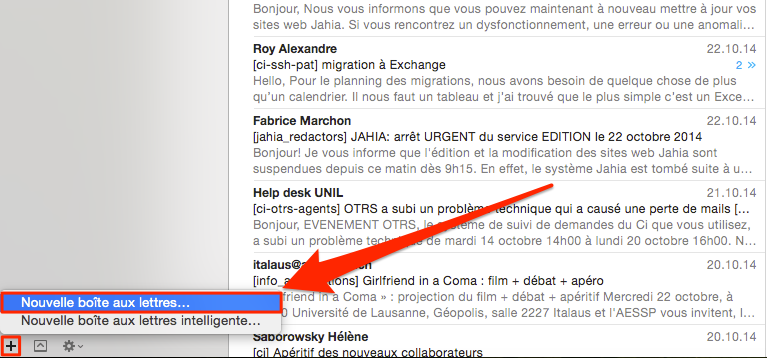
- Under “Location,” select “On My Mac.” Fill in the “Name” field with, for example, “Archive” and then click “OK.”
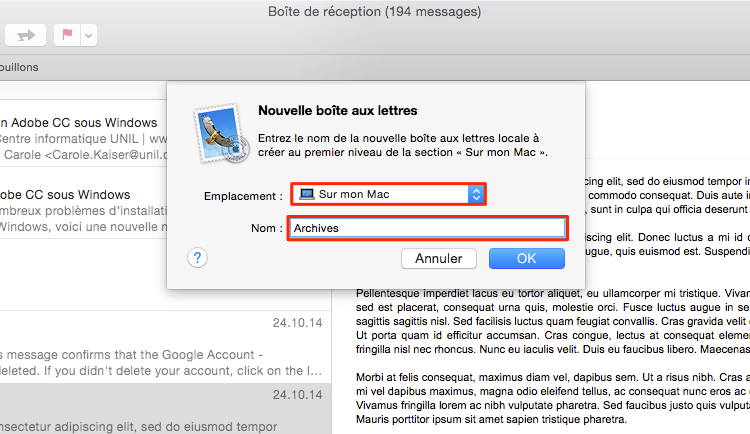
- Move messages or entire mailboxes from your UNIL Exchange account by dragging and dropping them to your new local archive mailbox. You can't archive more than 1'000 mails in a row (you may loose some mails in the process). Don't hesitate to contact our help desk if you have any questions.
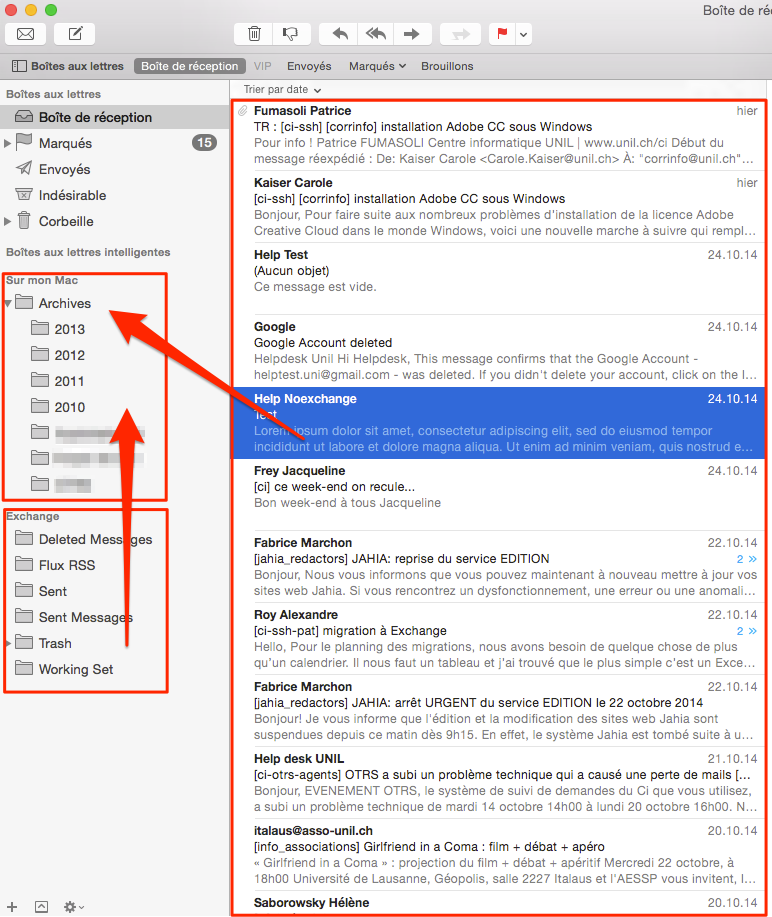
Windows
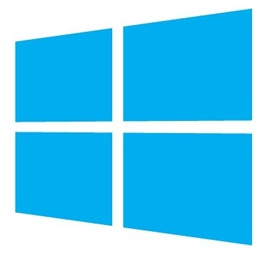
- Outlook configuration
- calendars
- address book
- reminders
- notes
- How to archive e-mails on Windows
Outlook configuration
The Ci strongly recommends the use of Outlook.
1. Open Outlook
2. Go to the “File” menu and click on “Add an account”
3. Fill in the fields with the required information (name, e-mail address, password and confirm password) and click “Next”
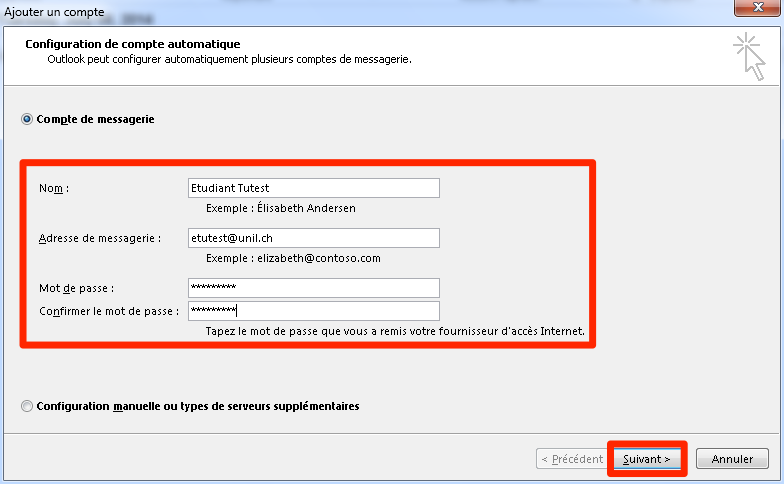
4. Click “End” once the automatic configuration is done
5. Restart Outlook
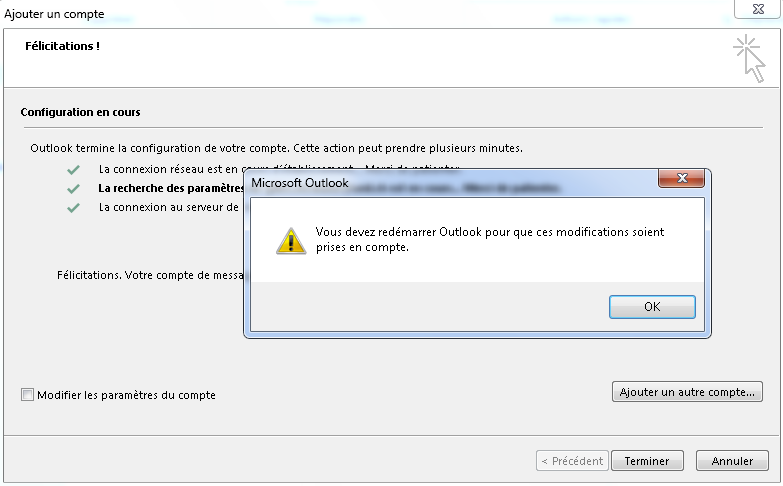
6. When Outlook launches itself an authentication window will appear; enter your username as “ad\username” and your password
7. Check the “Remember my credentials” box and click on “OK”
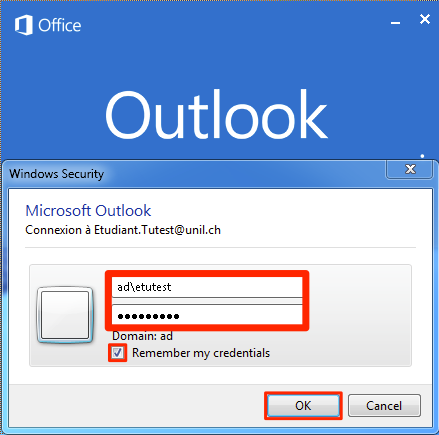
How to archive e-mails on your Windows computer
- Open Outlook
- Go to "File"
- Click on "Account Settings" and "Account Setings..."
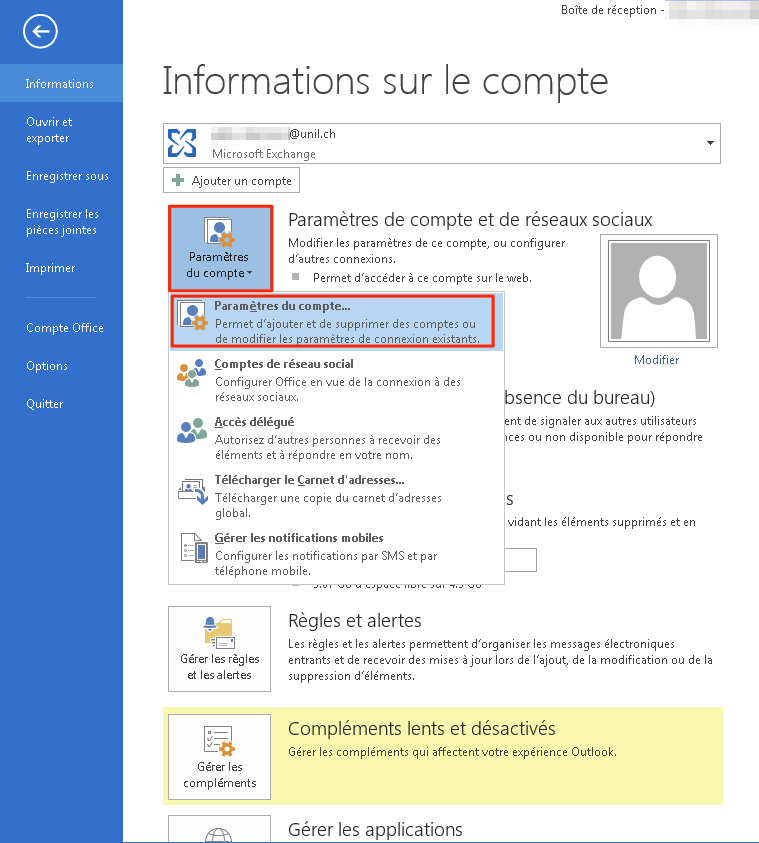
- Click on "Data Files" and "New..."
- Enter a file name and click on "OK"
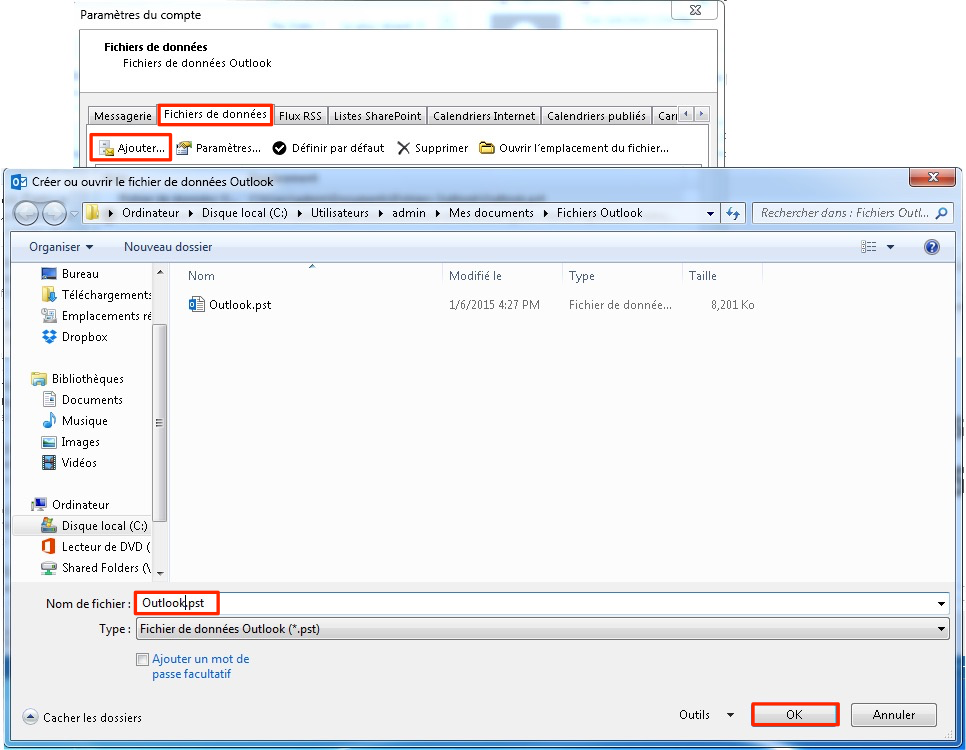
- Go back to your e-mail
- Right click “Outlook Data File,” and select “New Folder…”
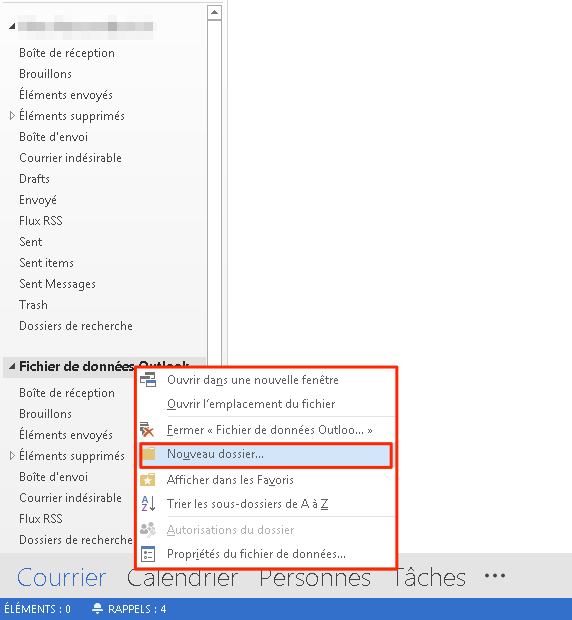
- Name the local folder “Archive,” for example
- Move messages or entire mailboxes from your UNIL Exchange account by dragging and dropping them to your new local archive mailbox.
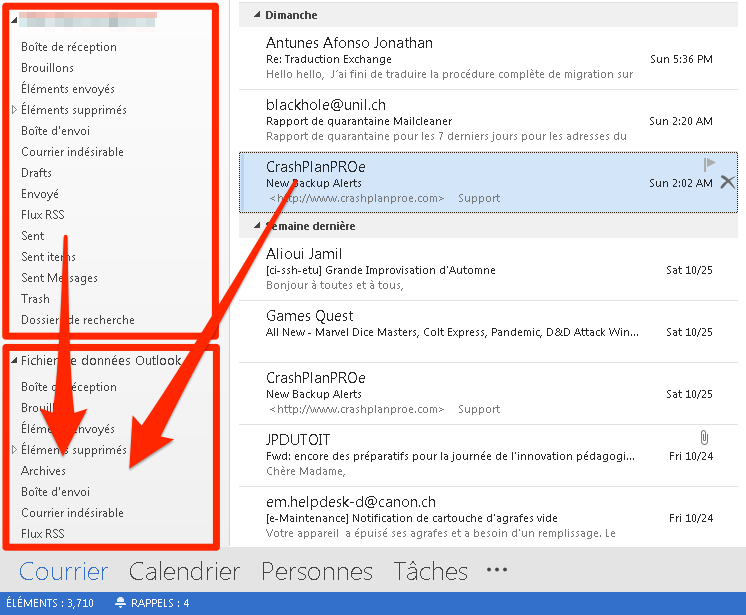
iOS (iPhone/iPad/iPod Touch)
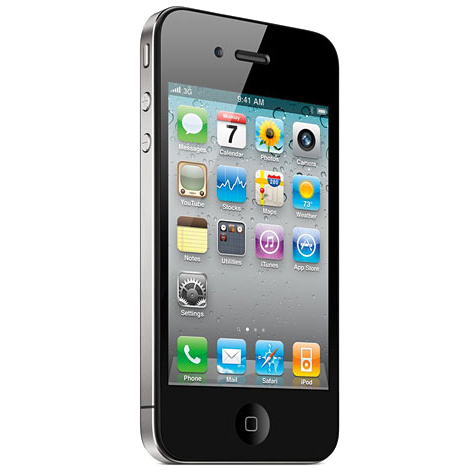
- iOS configuration
-
- calendars
- address book
- reminders
- notes
iOS configuration
The Ci strongly recommends the use of the native iOS apps.
For security reasons, the Outlook app for iOS is blocked on our servers. You can find more information information here (in French).
1. Go to “Settings”
2. Choose “Mail, Contacts, Calendars”
3. Click on “Add Account”
4. Click the “Exchange” icon
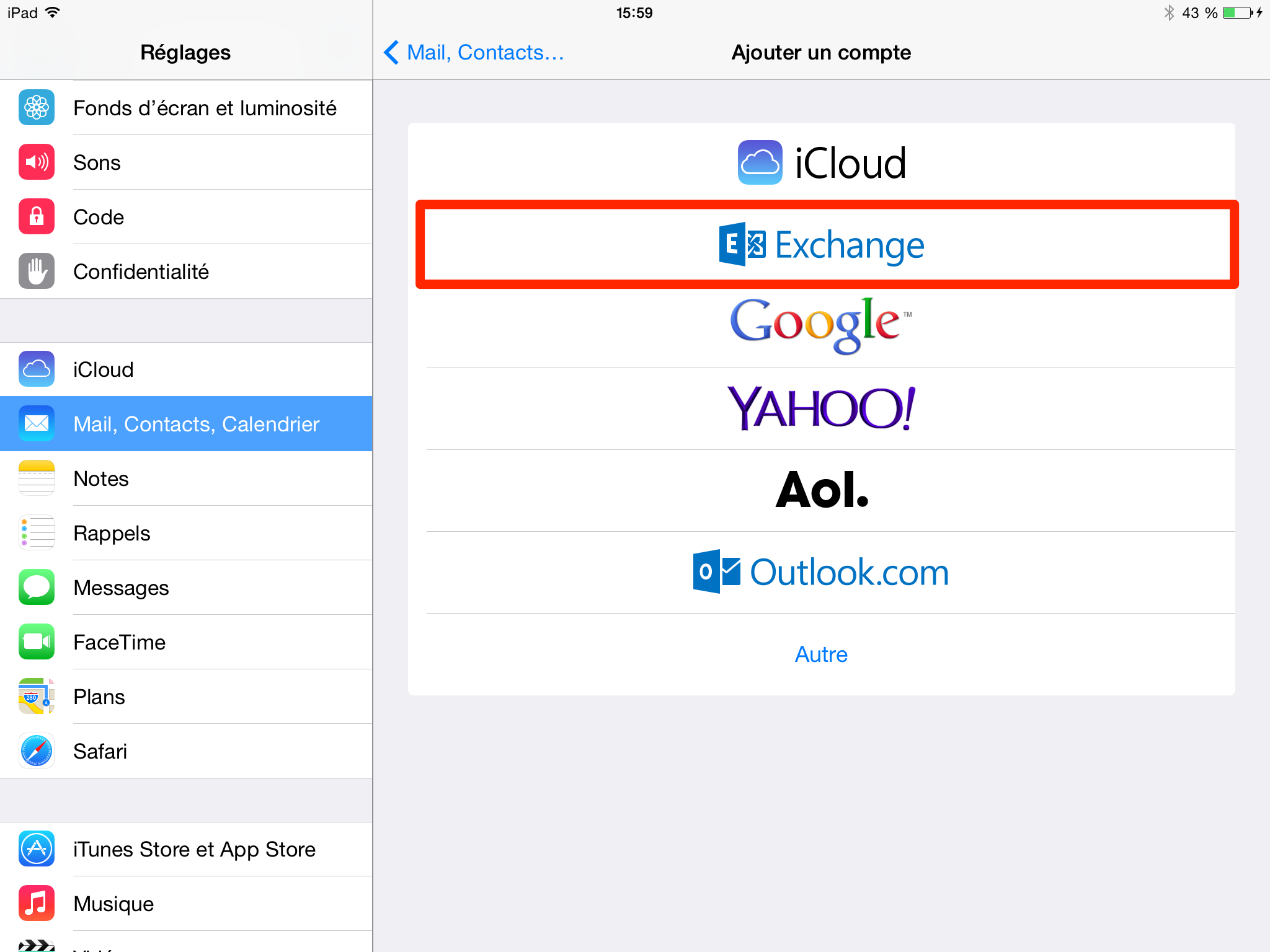
5. Fill in the fields with the required information (address, password and description) and click on “Next”
6. Select the Exchange services you wish to activate and click “Save” to finish the configuration
Android

- Android Configuration
- calendars
- address book
- (tasks: third party app required)
- (notes: third party app requiered)
How to set Exchange up on an Android device (version 4 and up)
The Ci strongly recommends the use of the native Android apps (all functions offered by Exchange are however not available).
For security reasons, the Outlook app for Android is blocked on our servers. You can find more information here (in French).
1. Go to “Settings,” and then click on “Add account”
2. Choose “Entreprise”
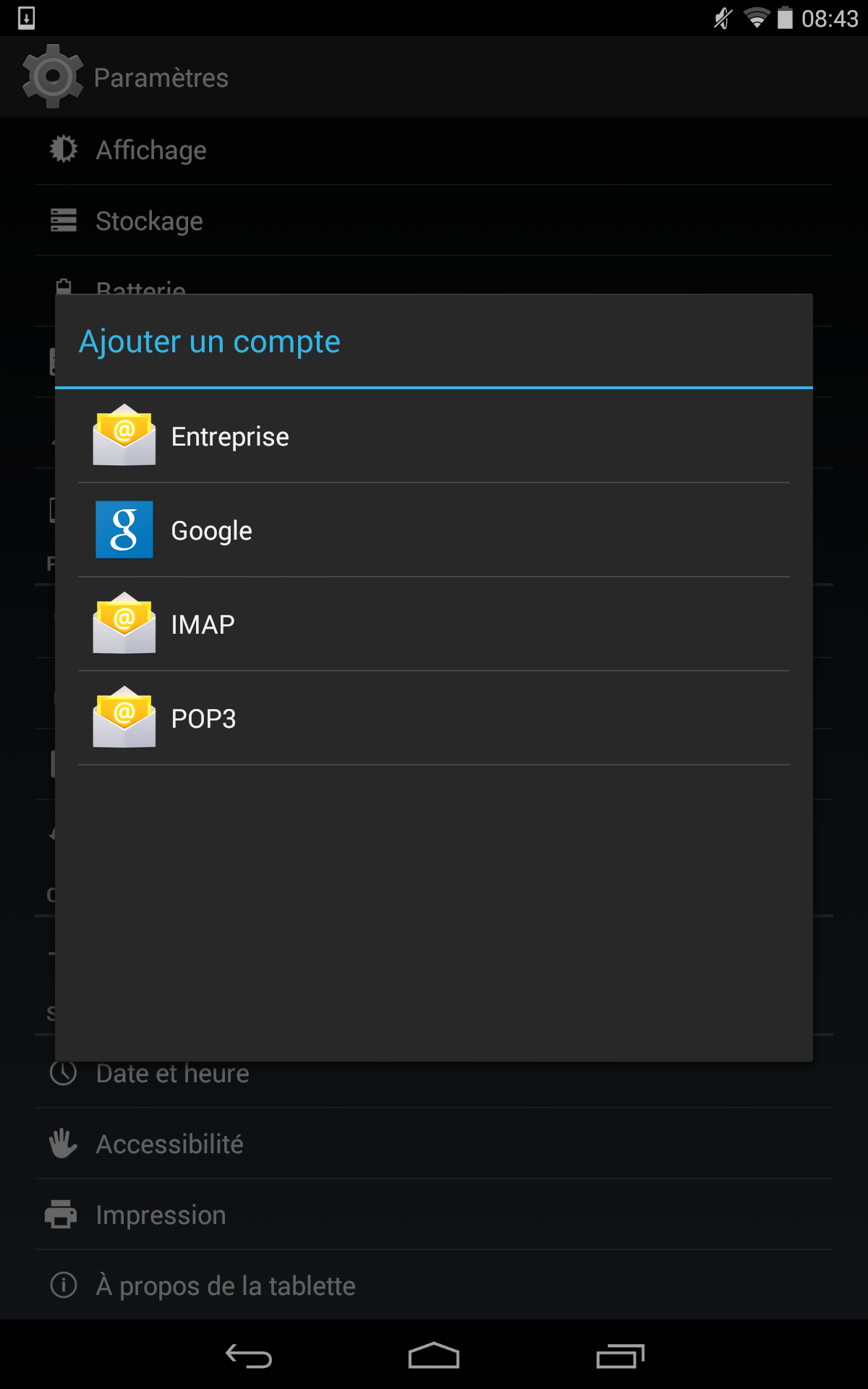
3. Fill in the “E-mail address” and “password” fields
4. Click the “Next” button
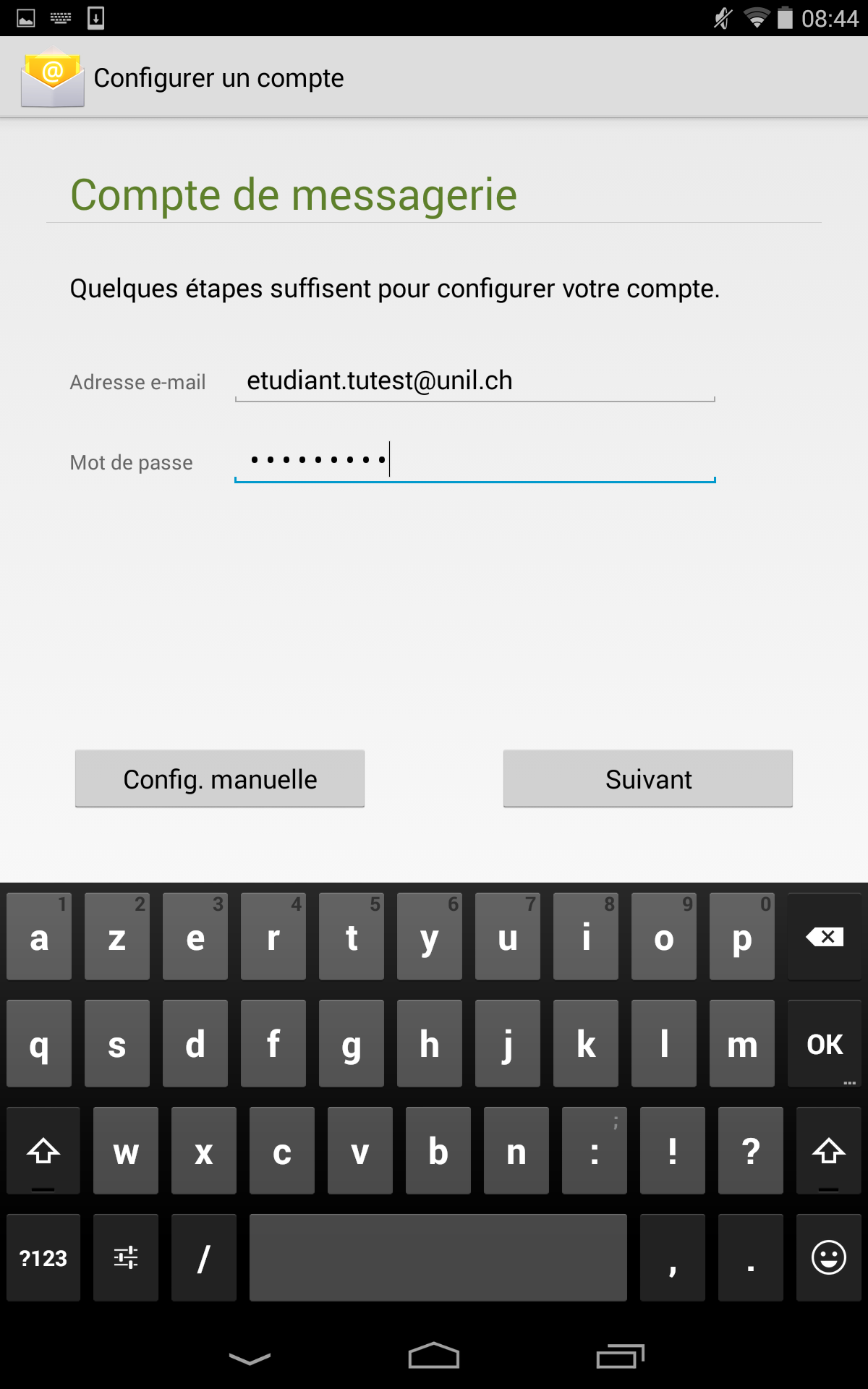
5. Select the options and synchronisation period you want
6. Click “Next”
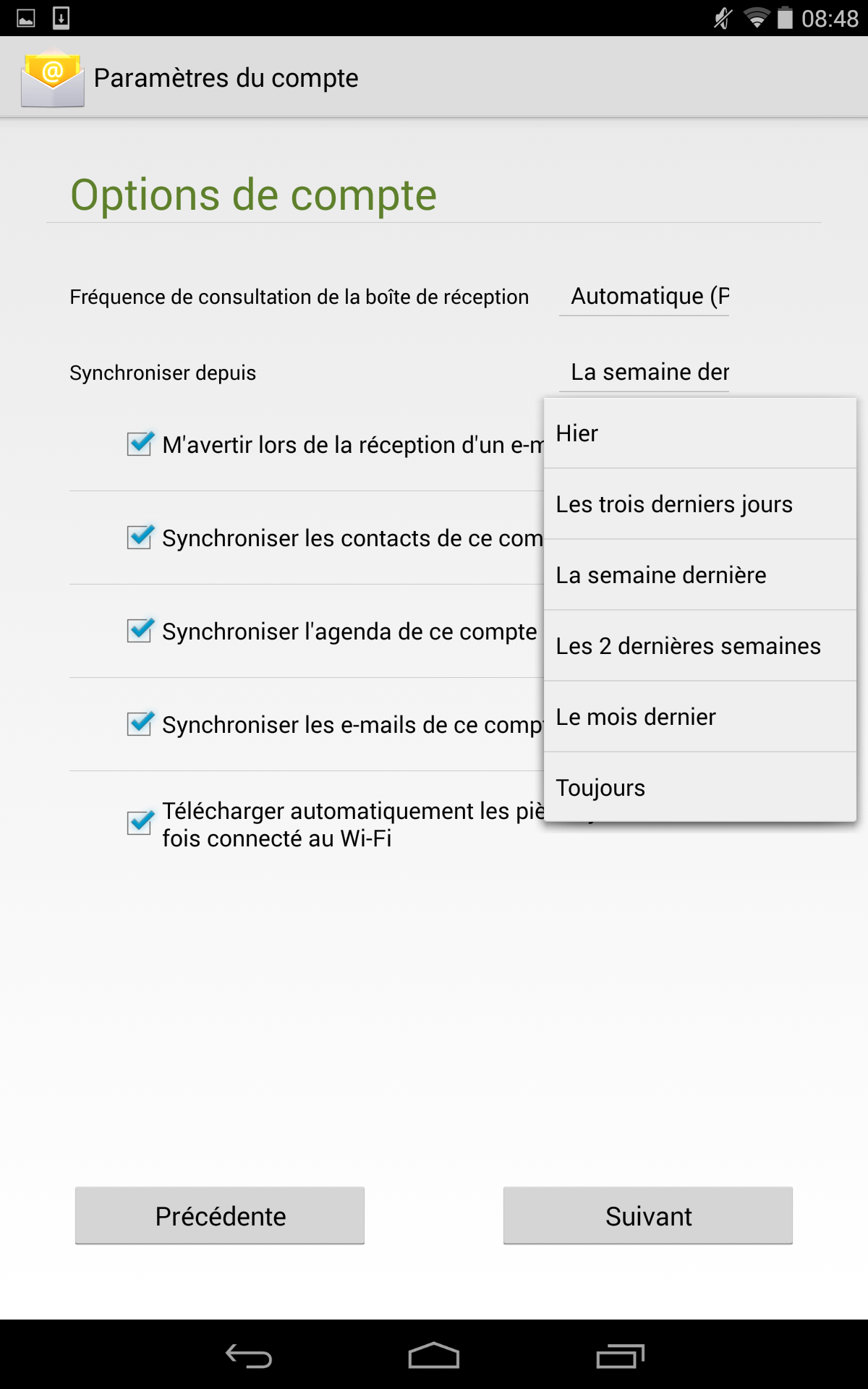
7. Allow the Exchange server as administrator by clicking the “Activate” button (this lets you remotely erase your device in case you lose it or it gets stolen)
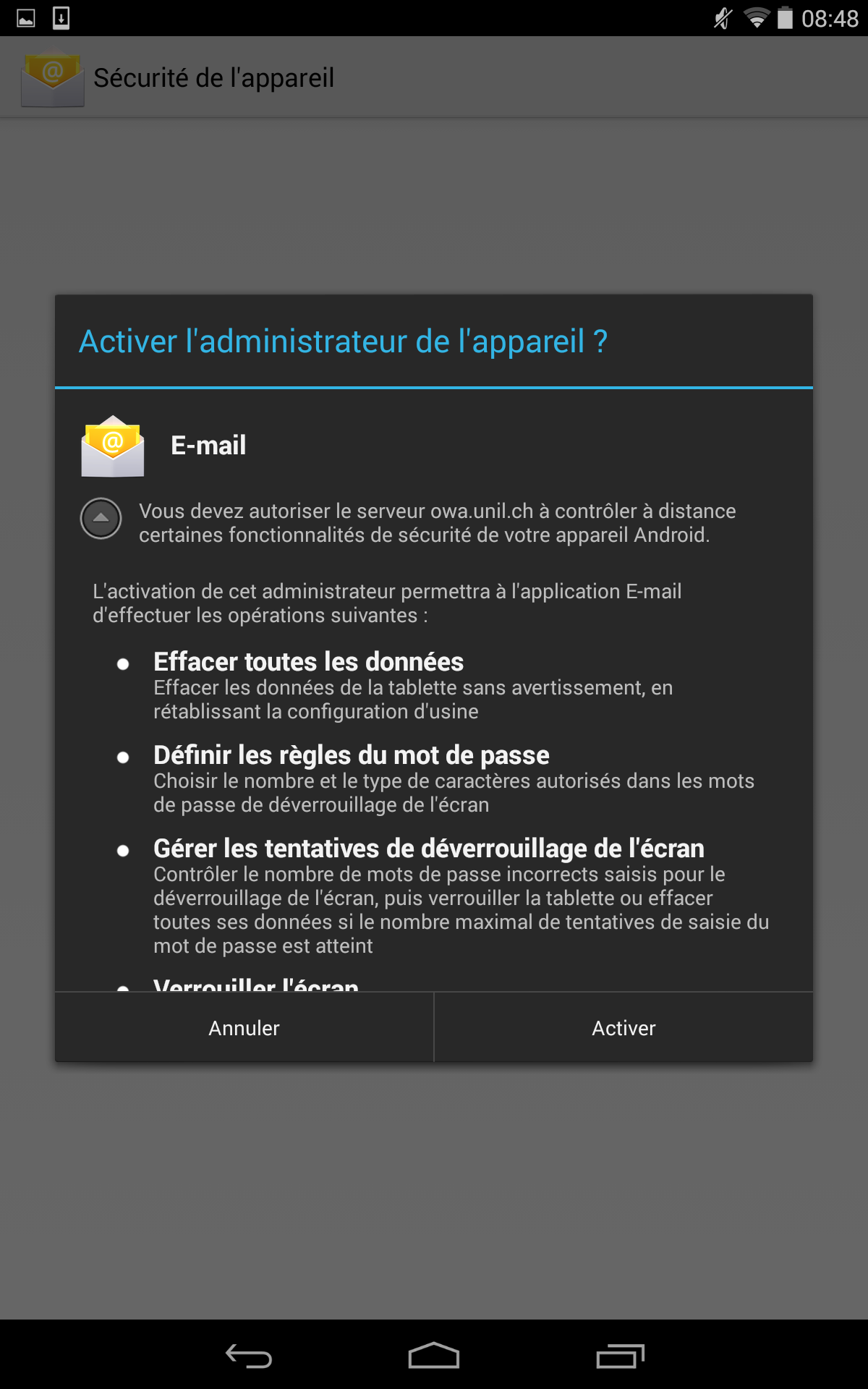
Manual configuration
If the automatic configuration does not succeed you can follow the same procedure up to step 4 and click the “Manual configuration” button. You now have to fill in the fields with the following information:
- Username: ad\your_unil_username
- Password : your_unil_password
- Server : owa.unil.ch
- Check the Use secured connexion (SSL) box
Limitations due to Android & workarounds
Android is for the time being limited in its support of the Exchange services:
- there is only one colour for calendars
- there is no support of tasks and notes systems
These applications allow you to work around these issues (the Ci does however not guarantee that they work and offers no support whatsoever for them):
Other

- Setup for generic e-mail clients
Generic e-mail clients
This information is meant for software that does not support Exchange and its more advanced functions (calendars, address book, tasks and notes)
-
Incoming mail server
-
imapx.unil.ch
-
port 993
-
SSL/TLS
-
authentication with password
-
-
Outgoing mail server
-
smtpauth.unil.ch
-
port 587
-
STARTTLS or simply TLS depending on your client
-
authentication with password
-
UNIL e-mail with your private e-mail address
Use your UNIL e-mail with your private email address
Only for students!
If you choose to do so, you are entrusting your own data to companies that are external to the UNIL; this is why the Centre informatique does not offer any support regarding the utilisation of these websites and can in no means be held responsible for any kind of damage that were to happen due to your use of these websites or emails that do are not redirected to the destination mailbox. What arrives in your UNIL mailbox is what counts.
Concerning the university staff, using an external service may go against the internal UNIL directives.
Transfer your e-mails to another e-mail address
1. Log into https://owa.unil.ch with your UNIL credentials.
2. Go to the “Options” menu
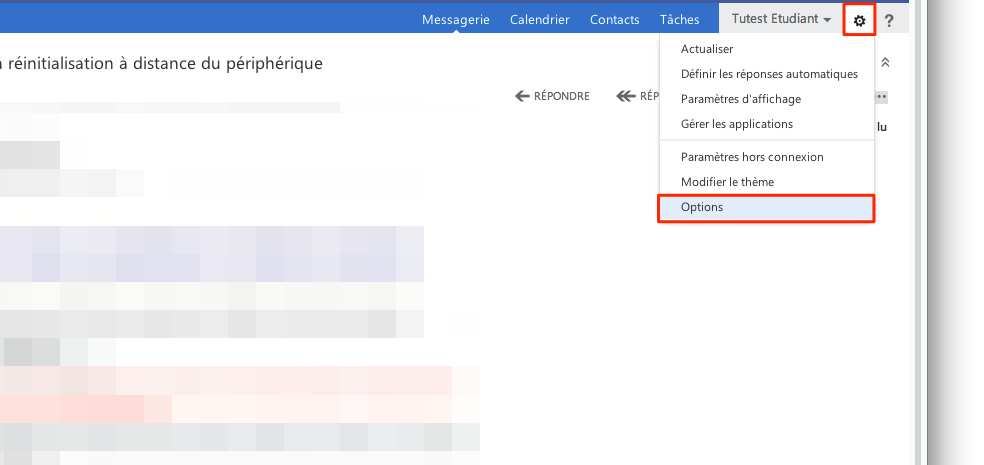
3. Under the “Organize email” section click on “+”
4. Select “Create a new rule for arriving messages”
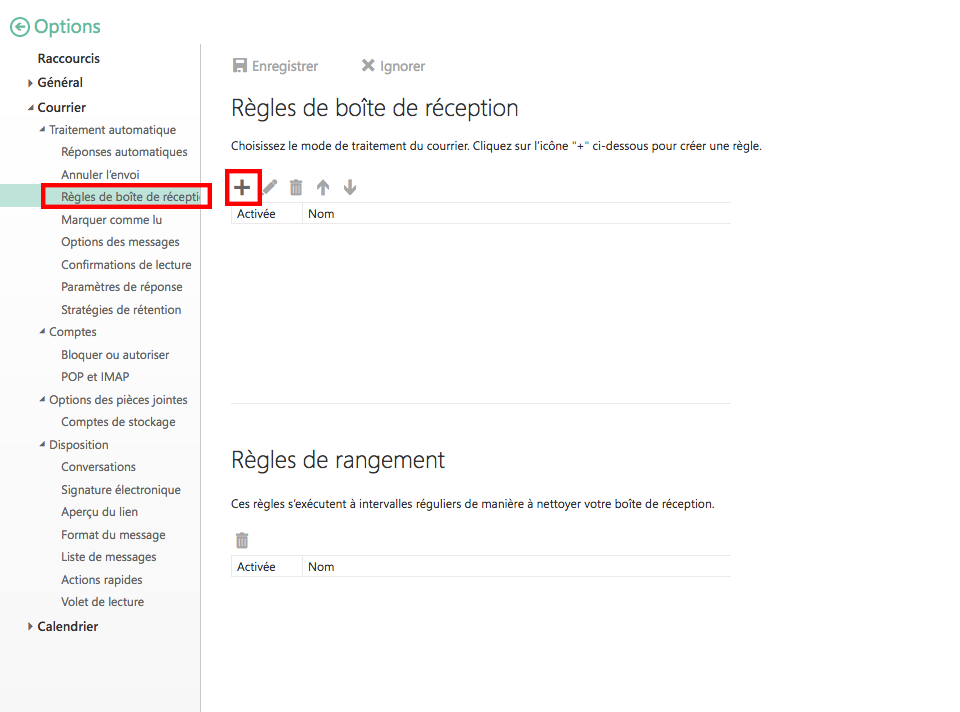
5. Name the rule, choose “Apply to all messages” and “Redirect the message to…”
6. Type in the private e-mail address you want to use for the transfer
7. Click on the “Save” button
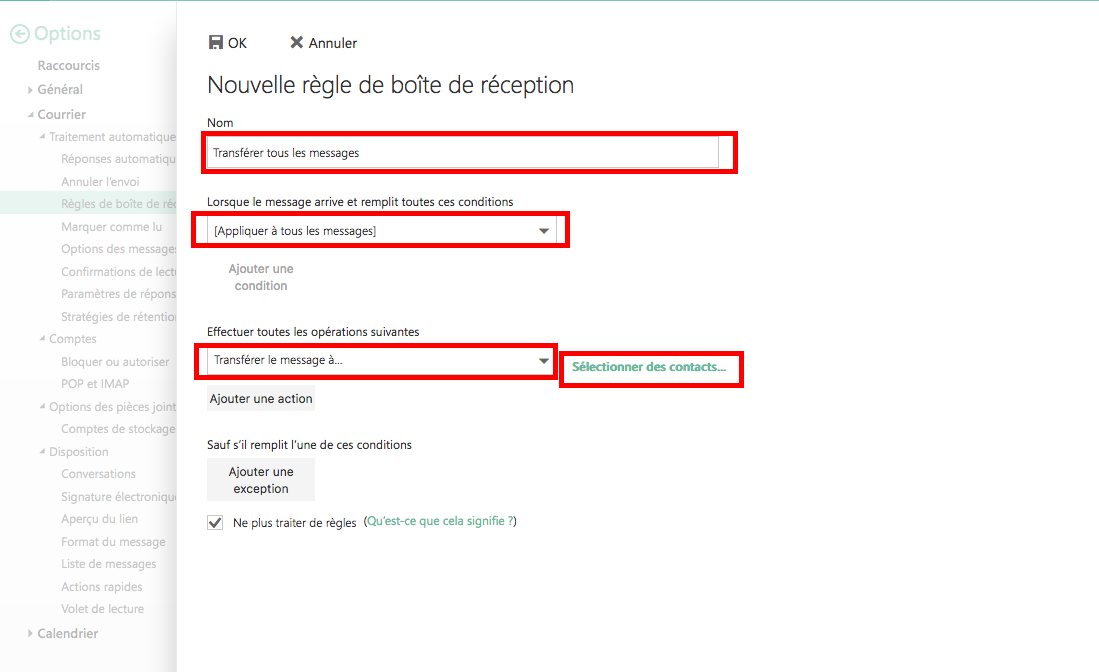
8. Finish the procedure by accepting the warning message

